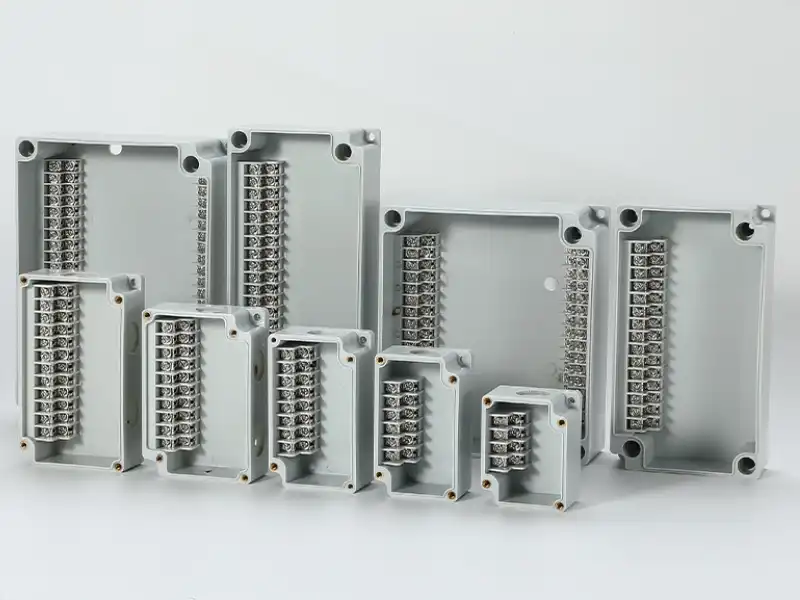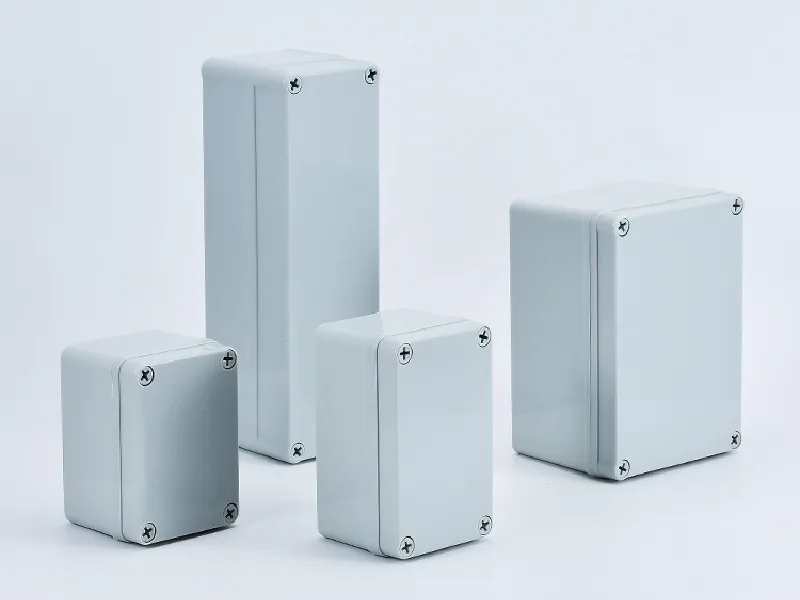You crawl into your attic to check on a light fixture. You shine your flashlight into a dark corner and see it.
A single metal caixa de junção. But it doesn’t look like the neat, orderly diagrams you see in textbooks. It looks like a Spider.
One cable enters, and four, five, maybe six cables shoot out of it in every direction—feeding the garage, the bedroom fan, the hallway lights, and an outlet.
Your gut reaction is: “This looks like a mess. Is this illegal? Shouldn’t it be a neat daisy chain?”
The answer is a classic engineering “Yes and No.”
The Topology (the “Spider” shape) is 100% legal.
The Execution (how it’s stuffed), however, is likely a fire hazard.
Let’s untangle the web of the “Spider Box.”
1. Daisy Chain vs. Star Topology: The Code Doesn’t Care
First, let’s kill the myth. Many people believe residential wiring deve be a “Daisy Chain” (A goes to B, B goes to C, C goes to D).
While daisy chaining is common because it saves wire, the National Electrical Code (NEC) has absolutely no problem with a “Star Topology” (A goes to a central Hub, which feeds B, C, and D).
Electricity doesn’t care about geometry. It only cares about continuity. As long as the connections are parallel, your “Spider Box” is just a central distribution hub. It is an efficient, valid way to wire a room.
Pro-Tip: Don’t judge a circuit by its shape. A “messy” star cluster is electrically identical to a “neat” daisy chain. The danger isn’t the shape—it’s the density.
2. The Real Problem: The “Sardine Can” (Box Fill)
Here is where the “Spider Box” usually violates the law. It’s not about where the wires go; it’s about how much space they take up.
Every wire generates a tiny amount of heat. If you pack too many wires into a small space, that heat builds up, insulation melts, and you get a fire. This is why the NEC has strict Box Fill Calculations.
Let’s do the math on your Spider Box:
- 1 Incoming Cable (Power)
- 4 Outgoing Cables (Lights/Plugs)
- Total: 5 Cables (assuming standard 14/2 Romex).
Inside that box, you have:
- 10 Current-carrying conductors (5 Black + 5 White)
- 1 Allowance for all ground wires
- 1 Allowance for internal clamps
Matemática: That equals roughly 24 to 26 cubic inches of required space.
The Reality: A standard, cheap “handy box” or a shallow square box usually only holds 18 to 21 cubic inches.
If you stuff that spider web into a standard box, you are crushing the wires and violating the code. You have created an Electrical Sardine Can.
3. The “Wrestling Match”: Connecting 5 Wires
Even if you buy a massive, deep 4×4 box that meets the volume code, you face a second physical challenge: The Wire Nut Limit.
In a “Spider Box,” you have to connect all 5 Black wires together and all 5 White wires together.
Have you ever tried to twist 5 solid copper wires into a single Red Wire Nut? It’s like trying to wrestle five angry snakes.
- The Failure Mode: You tighten the nut. It sente tight. But the wire in the middle is loose. Over time, it arcs, melts the nut, and kills the circuit.
- The Fix (Pigtailing): Never connect 5 wires directly. Split them into two groups of 3, connect them with a jumper wire (pigtail), and bridge them.
- The Modern Fix: Use a Lever Nut (like Wago 221). They snap onto individual wires and handle multi-wire junctions safely without the wrestling match.
4. The “Flying Splice”: A Hidden Violation
While looking at Spider Box photos online, eagle-eyed electricians often spot a much worse crime lurking nearby.
Sometimes, one of the “spider legs” leaves the box and goes… nowhere. It just disappears through the drywall to feed a ceiling fan, with no box at the fan itself.
This is a Flying Splice.
Rule #1 of Wiring: Every splice must live inside a box.
Rule #2 of Wiring: Every box must be accessible.
If your spider leg punches through the ceiling and splices directly into the fan motor without a box, you have a major fire hazard. The vibration of the fan will eventually chew through the wire insulation against the sharp drywall or wood.
Summary: Make Room for the Spider
So, is your Spider Box illegal?
- The Shape: Legal.
- The Volume: Probably Illegal (unless you used a deep 4×4 box).
- The Connections: Probably Dangerous (unless you used pigtails or lever nuts).
If you have a Spider Box, you don’t need to re-wire your whole house. You just need to upgrade the box.
Swap that cramped handy box for a Deep 4-11/16″ Square Box. Give those wires room to breathe. Use proper connectors. And suddenly, that scary spider becomes a perfectly safe, efficient power hub.
O Rigor Técnico Nota
Normas E Fontes Referenciadas: Box Fill calculations are based on NEC Article 314.16. Wire connector limitations are based on manufacturer UL listings (e.g., Ideal or Wago specs).
Timeliness: Code references are accurate to the 2023 NEC cycle.









